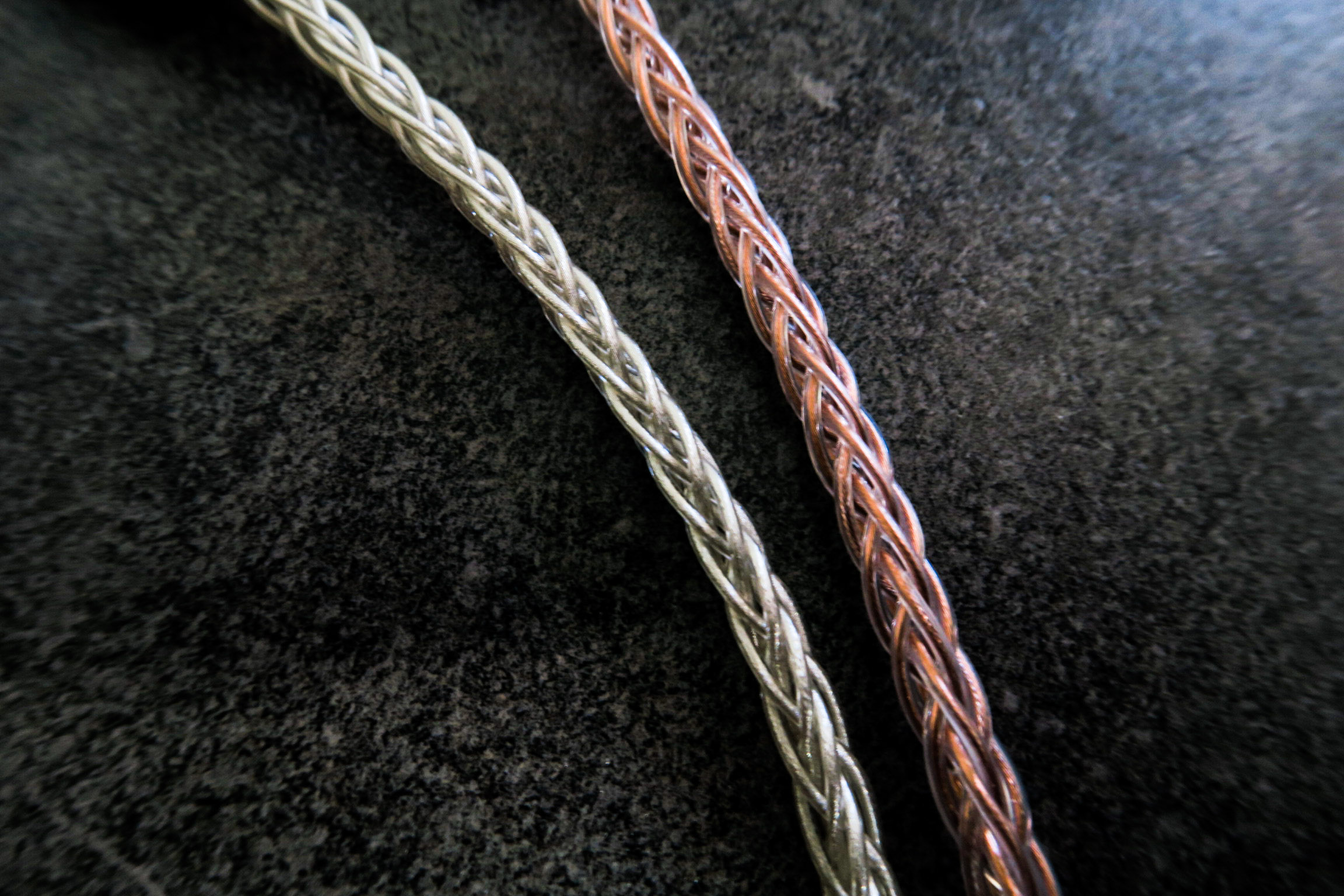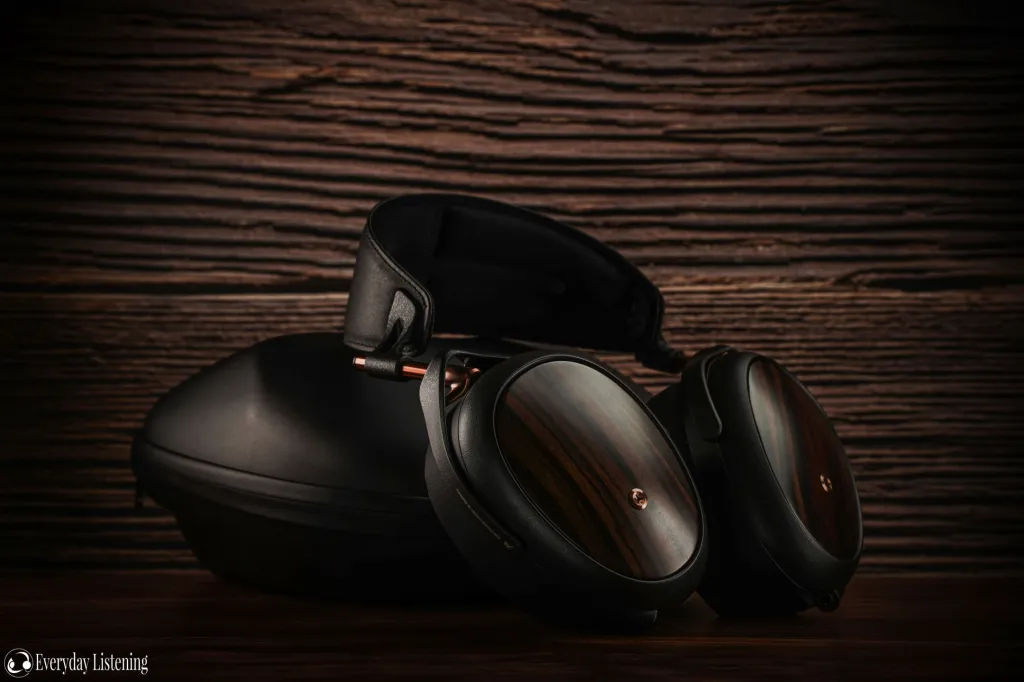Sound Quality
Cables are like fine wines. They can complement or enhance the flavours of gastronomical creations in subtle or assertive ways. If a wine sommelier does a terrible job, counterintuitive pairings can contradict, mask, or harm the delicate taste of intricate dishes. The same rules are extrapolated to audio.
Keep in mind that cables are complementary, not revolutionary. No matter how hard you try, you cannot simply rewrite the fundamental base signature of any IEM or headphones.
We discuss how the sonic qualities of my reference IEMs are altered through these selective pairings.
Crystal Earth
Truthears Hexa
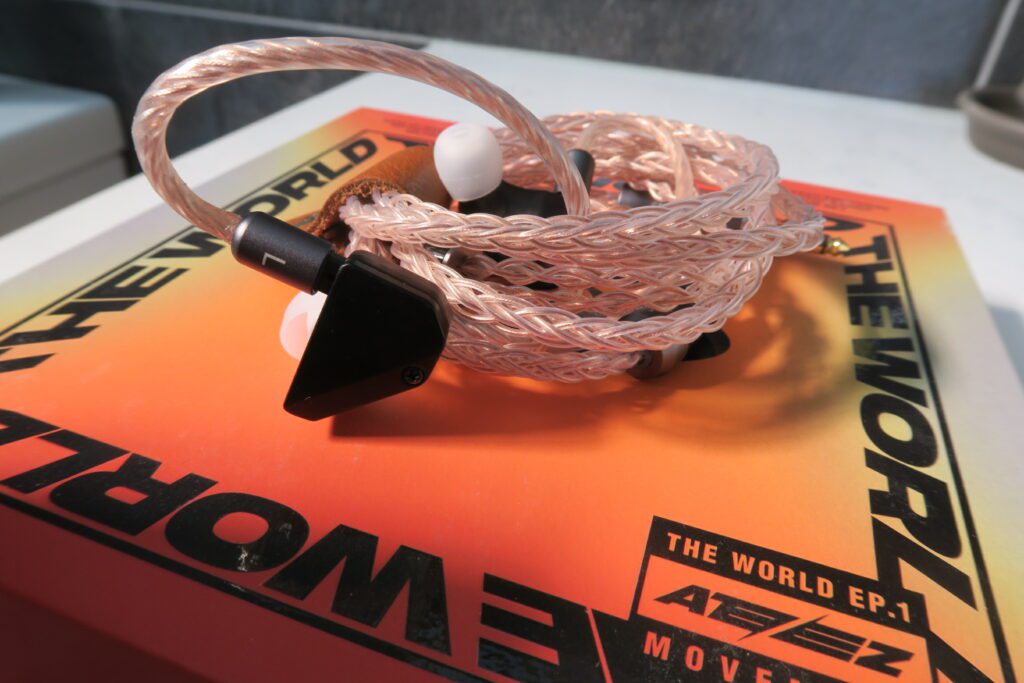
Before pairing: The Truthear Hexa is a shimmering diamond in the $100 rough. Outshining the competition with its mid-range clarity and highly resolving PRAT, the Hexa punches far above its price class with gumption.
Notes are impressively fast for their entry-level price, with an incisive strike-and-decay PRAT with strong microdynamics. The lower end is more sub-bass forward, with decent bass texture with moderate definition, albeit with slightly mushy macrodynamics. The treble or presence regions have a strong flair for air and sparkle, with a modest roll-off to dissipate harsher upper-treble energy. However, the upper-treble roll-off kicks in too early, resulting in a loss in overall technical performance and resolution.
After pairing: The Hexa X Crystal Earth Combo yields noteworthy improvements in the Hexa’s overall signature. The alterations start with Hexa’s overall PRAT. At first, dynamics and transient speed in terms of PRAT appears a smidgen slower, following a more organic decay reminiscent of the softer presentation of vinyl records.
Generally, the allure of vinyl records comes with the accompanying noise from the friction generated by the turntable’s needle digging into the grooves of each LP. This dated format is known for artificially boosting even-harmonics for a larger than-life-presentation. Unsurprisingly, there exists a cohort of audiophiles who balk at the notion of artefact-Ladden music for obscuring nuanced elements in passages of music, favouring a warmer tuning.
The same cannot be said for the Hexa. This pairing manages to achieve the illustrious warmth of vinyl whilst enhancing Hexa’s base detail retrieval. Timbre, in this case, is turned up a notch. The resolution of bass drum strikes is dialled up, with a subtle rise in lower-mid thickness. Natural reverberation adopts a less balanced-armature-like transient presentation, exhibiting a slightly longer delay for more euphony.
Imaging (in terms of layering) is better pronounced, where sharpness and audible legibility is bolstered. Instruments and voicings are given more elbow room to extend.
IMR Acoustics Dark Matter
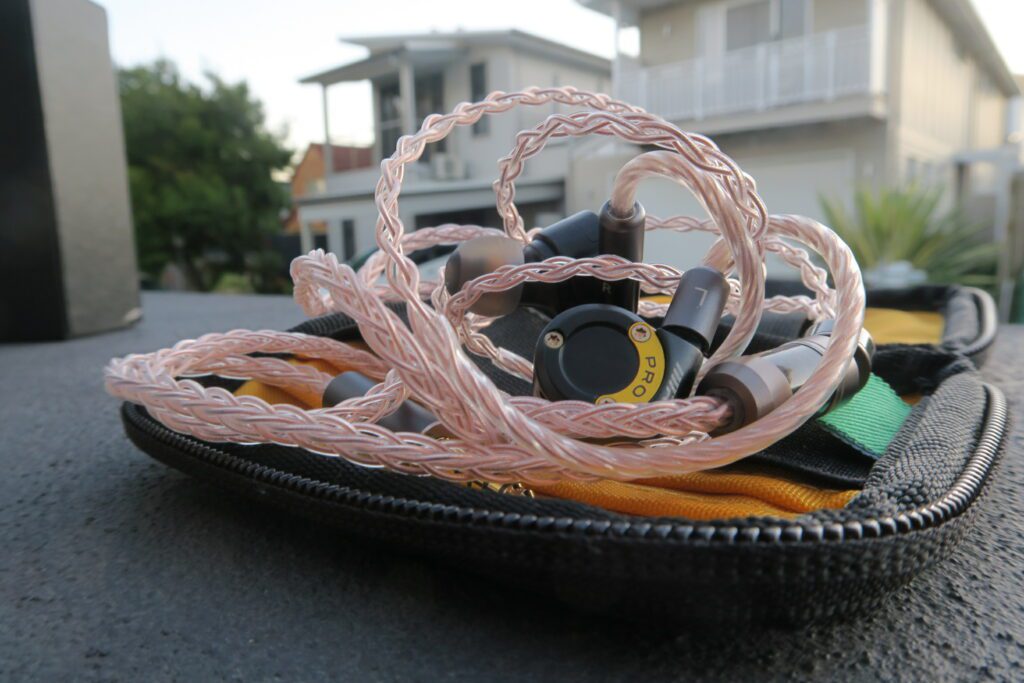
Before pairing: The IMR Acoustics Dark Matters are all about that bass. Today, I have chosen to stick to the “blue configuration” for both the upper-stage and lower-stage filters, yielding the best treble response and second-highest bass volume in terms of pairings. Therefore, this is an extremely aggressive IEM defined by a voluptuous bass response with deeply-extended sub-bass assertiveness and a wall of mid-bass.
The diamond-like carbon (DLC) coated nano-tube diaphragm exhibits sluggish transients for a cavernous bass response with a prolonged sustain. The weight of the low-end is certainly the primary focal point of this IEM.
Thankfully, the mid-to-upper registers are not completely occluded by the rambunctious head-shaking bass. Everything above the lower band has been relegated to a Sonion-branded bone conduction driver, which transmits sound by bypassing the eardrums. I will leave the science to the scientists, but it is patently clear that the life-like sparkle it produces is unparalleled, and so is its speed. It is an outrageous juxtaposition between old-school cabinet bass and stark digital clarity.
After pairing: This is a case of a slightly symbiotic pairing. The Crystal Earth, as alluded to earlier, heightens the perception of realistic timbre. Given that the Hexa traces a fairly-safe Harman-response diffuse-field target, the Earth was the match made in synergistic heaven.
The Dark Matters are aggressively adjusted with a giant scoop in the lower-to-upper mids. What this means is, the Dark Matters were never chasing a natural preferential curve. While the Earth does compensate for what is a sucked-out lower midrange, the proportionate improvements in base timbre aren’t enough to bridge this gaping cleave. Sub-bass rumble, while elevated, appears to be more defined, with baritone and bass instruments being more uncomplicated to pinpoint.
To be quite honest, this combination is difficult to objectively assess. The Dark Matter’s peculiar albeit aloof personality is so unapologetic in its V, bordering on an L-shaped frequency response. Consequently, cable rolling and its perceived upgrades or downgrades are thickly masked under gobs of deep bass.
But credit where credit is due. Every refinement, no matter how marginal, is still an advancement. Bass is not exactly sparse on the Dark Matters, but if you like the ante cranked up to 11, then the Earth is the long-awaited panacea to your bass-hungry pangs.
Crystal Sky
Truthears Hexa

Before pairing: To avoid sounding like a broken record, we will let the introduction on the previous page speak for itself. On to the post-pairing analysis!
After pairing: The Sky cable levels the playing field between mid-fi and hi-fi resolution-wise. The Hexa’s fairly-resolving midrange is noticeably amplified, with quieter sections appearing more transparent. Brass sections in the upper-mid region are livelier, with softer transients sharpened for deeper clarity.
Bass speed in terms of sub-bass decays faster, where precision and rigidity are favoured instead of the whisky-smoothness of the Earth cables. What is fascinating about this pairing is how it does not toy around with the Hexa’s default tuning but reinforces it. The separation between audible cues is at the forefront, with more unmistakable boundaries between instruments and voicings — an observable leap in performance compared to the Earth.
The steeper elevation in the upper-presence regions drives up perceived up-top sparkle, where the perception of space boosts the legibility of the soundstage and the sections populating it. Naturally, the focus on immediate PRAT is a sharp deviation from the Earth’s sonic characteristics. Your mileage would depend on your individual preferences.
IMR Acoustics Dark Matters
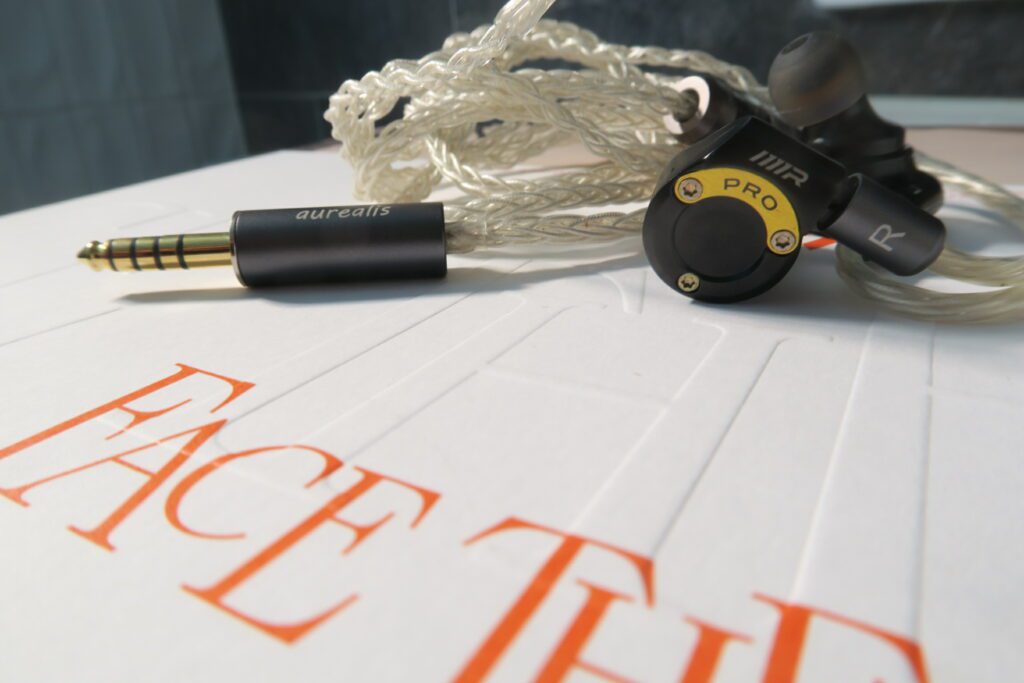
Before pairing: To avoid sounding like a broken record, we will let the introduction on the previous page speak for itself. On to the post-pairing analysis!
After pairing: This is what I would classify as the perfect pairing or merger between IEM and cable. As discussed, the Dark Matters are, well, dark. The Sky cables help to raise its midrange to upper-midrange performance.
Transients between the DLC-CNT dynamic and bone-conduction drivers are cleaner and more refined. There is an added grit or wetness to the treble regions reminiscent of the timbre of ride-and-crash cymbals. The bombastic albeit artificially fun tuning of the Dark Matters begins to sound more grounded.
The Dark Matter’s growling bass response is reigned in slightly, with faster PRAT resulting in prompter note flourishes. Beneficially, its thunderous bass response takes a momentary step back, with the mid-band taking a step forward.
The Dark Matter’s depiction of what constitutes a realistic treble appears more refined, with a less splashy flourish. Upper-midrange details are purified, with nuanced textures and subtle swings in amplitude presented with more body.
As anticipated, a refined upper-mid-to-presence region heightens the feeling of distance between instruments and voicings, with layering and definition between diverse elements appearing more apparent.
I strongly believe that the Sky cables provide a distinct improvement in overall SQ.
Conclusive remarks
Geoff’s fiery passion and knowledgeable expertise in the audiophile industry are on full display in the Crystal Earth and Sky cables. Minor caveats aside, both cables are an excellent reflection of how cable rolling can have the final say in how your IEMS and headphones sound.
There is a first time for everything, and my first-hand impressions of Aurealis Audio’s offerings are filled with glowing positives. And they are proudly made in Australia. Brisbane represent!
